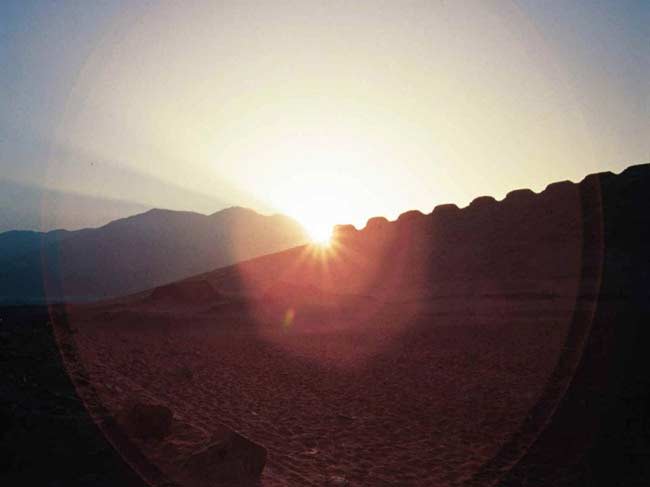Solstice Science: Why Winter Starts Dec. 21

While snow marks the beginning of winter for many people, the first official day of winter is Sunday, Dec. 21, known as the December solstice.
It's a point in time that marks a transition in our planet's annual trip around the sun.
The sun comes up each day because Earth rotates once on its axis every 24 hours or so. Seasons, and the arrival of the solstice, are a result of Earth being tilted 23.5 degrees on its spin axis coupled with the planet's 365-day orbit around the sun.
Imagine Earth as an apple sitting on one side of a table, with the stem being the North Pole. Tilt the apple 23.5 degrees so the stem points toward a candle (the sun) at the center of the table. That's summer for the top half of the apple.
Keep the stem pointing in the same direction but move the apple to the other side of the table: Now the stem points away from the candle, and it's winter on the top half of the fruit. The very top of the apple, representing the north polar region, is in total darkness 24 hours a day.
At winter solstice, the sun arcs low across the Northern Hemisphere sky for those of us below the Arctic Circle, and the stretch of daylight is at its shortest. At the June solstice, the sun gets as high in our sky as it can go, yielding the longest day of the year in the Northern Hemisphere.
As long ago as the fourth century B.C., ancient peoples in the Americas understood enough of this that they could create giant calendars driven by sunlight. They built observatories of stone to mark the solstices and other times important for planting or harvesting crops. Shrines and even tombs were also designed with the sun in mind.
Get the world’s most fascinating discoveries delivered straight to your inbox.
Robert is an independent health and science journalist and writer based in Phoenix, Arizona. He is a former editor-in-chief of Live Science with over 20 years of experience as a reporter and editor. He has worked on websites such as Space.com and Tom's Guide, and is a contributor on Medium, covering how we age and how to optimize the mind and body through time. He has a journalism degree from Humboldt State University in California.




